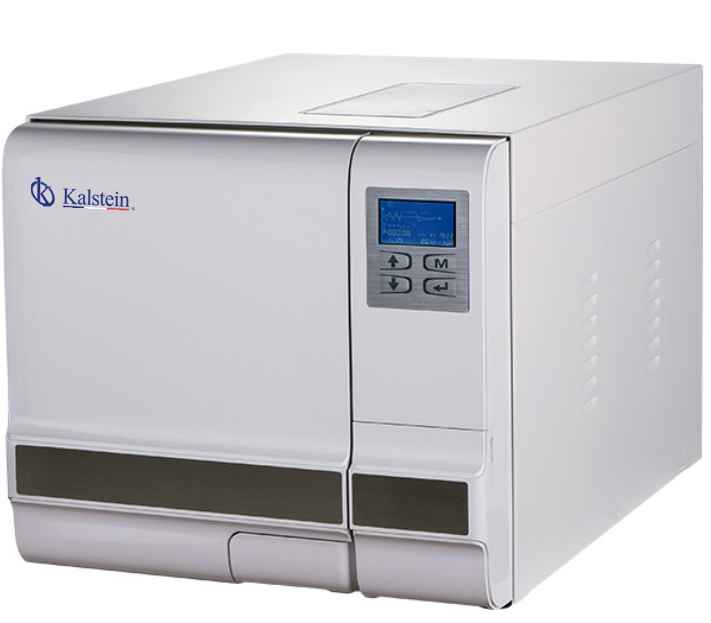Moist heat destroys microorganisms by coagulation of their cellular proteins. The main sterilization method using moist heat is pressure steam sterilization. There are also other decontamination methods that use this type of heat which, although they do not allow the total destruction of microorganisms, reduce the microbial load of a material.
Pressure steam sterilization
Pressure steam sterilization is carried out in an autoclave. These equipments use saturated water vapor, at a pressure of 15 pounds, which allows the chamber to reach a temperature of 121ºC. The sterilization time is usually 15 minutes, however, on some occasions, given the characteristics of the material, it is necessary to vary the sterilization time.
When using this method it is important to control the relationship between temperature, pressure and exposure time in the autoclave, as these are critical factors in the process. Only when steam is placed under pressure does its temperature rise above 100ºC and this allows it to reach sterilization temperatures (121ºC).
Among the advantages of this sterilization method we have that it leaves no residue, modern autoclaves are easy to handle and it is a fast sterilization method. This is the method of choice for sterilizing thermosetting and non-moisture sensitive materials such as culture media, microorganism cultures to discard, lingerie, uniforms, surgical instruments, among others.
Among its disadvantages are that it does not allow the sterilization of heat-sensitive materials and materials that are not miscible with water, such as powders, oils and fats.
What precautions should we take?
- Before starting the sterilization process, it is necessary to remove all the air from the autoclave chamber, because otherwise the required sterilization conditions cannot be achieved because the internal chamber of the equipment cannot be saturated by water vapor.
- The sterilization time should start counting once 121ºC has been reached in the internal chamber of the autoclave.
- If materials such as surgical instruments, equipment, etc. are to be sterilized. They should not be covered with waterproof materials such as aluminum foil, because this does not allow steam to access the material and therefore sterilization will not be achieved.
- When the material to be sterilized is placed inside the equipment, the free circulation of water vapor around all the material must be guaranteed. Physical indicators such as pressure gauges, thermometers, or thermographs are used to monitor pressure steam sterilization. Although these controls are widely used, they are currently considered secondary methods for the control of the process and it is the biological indicators that make it possible to determine whether sterilization was actually carried out effectively.
Among the most widely used biological indicators to control the pressure steam sterilization process are Bacillus stearothermophilus spores that are highly resistant to this process. The use of biological controls is recommended at least once a week to verify the proper functioning of the autoclave. In the event of a suspected failure, a biological indicator should be placed on each sterilization load.
Its use in the health sector
Given the importance of this equipment, its use became particularly common in the health sector. For example, in the field of Dentistry, the use of ovens was the traditionally chosen method for sterilization. With the arrival of modern tabletop autoclaves at a good cost in the market, this trend has been changing in recent years. Other facts that also contributed to this move is the polarization of surgical grade paper envelopes for packaging compatible with dental instruments and the advancement in knowledge about infection control, among others the difficulty of inactivating the hepatitis B virus by the Dry heat.
Kalstein is a company with an outstanding trajectory in the Health Sector, which is why we offer you excellent autoclaves of the highest reliability. That is why we invite you to take a look HERE

